Table of Contents
- 2018 Residential Energy Code
- DOE Building Energy Code Field Studies
- Sustaining Energy Efficiency: Longitudinal Evidence of Virginia’s Low-Income Housing Tax Credit Properties
- Ducted Mini Split Heat Pumps
- Zero Energy Housing
- EarthCraft House Visit Case Study
- Leveraging Partner Success Toward Economic, Environmental and Structural Sustainability
- Three Years Of Data: Latest Findings On Virginia’s Energy Efficient Housing Stock
- Managing Existing Residential Energy Use
- Innovative Construction Technologies For Healthy, High-Performance Homes
- Highland Park Senior Apartments: Balancing Energy Efficiency, Historic Preservation, And Affordable Housing
- Benchmarking: Measuring Building Performance
- Planning For Resilient And Sustainable Building
- Energy Efficient Retrofits
- Water In Buildings
- The Impact Of Energy Efficient Design And Construction On LIHTC Housing In Virginia
- The Impact Of Green Affordable Housing
2018 Residential Energy Code Resources
Thanks to funding from the Department of Energy, the Virginia Department of Housing and Community Development, and Southeast Energy Efficiency Alliance, resources for implementing the 2018 energy code have been developed. These resources were created in partnership with the City of Alexandria, Fairfax County, Franklin County, the City of Hampton, James City County, Montgomery County, the City of Norfolk, Roanoke County, Southampton County, and Warren County.
These resources are intended to support and provide deeper context and understanding of the implementation of the 2018 Virginia Residential Energy Code (Energy Code). Should there be a conflict between these resources and the Energy Code, the Energy Code takes precedence.
U.S. Department of Energy Building Energy Code Field Studies
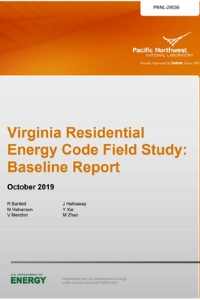
The U.S. Department of Energy (DOE) Building Energy Codes Program is conducting a series of research studies investigating building energy code implementation to assist states in measuring energy code compliance and to identify areas of focus for future education & training initiatives.
Southeast Energy Efficiency Alliance (SEEA) led the initiative in Virginia and provided funding for Viridiant to perform a field study in 2017-2018 to assess how well the residential energy code was being implemented across Virginia in new construction single family buildings. Following Viridiant’s data collection and analysis by the Pacific Northwest National Laboratory (PNNL), the Baseline Report (PDF) was released in October 2019. Key findings include:
- Significant energy and cost savings potential exist through increased compliance with targeted measures. Potential statewide annual energy savings are 150,752 MMBtu, which equates to nearly $3 million in cost savings, and emission reductions of nearly 75,000 MT CO2e. Over a 30-year period, these impacts grow to 70 MMBtu, $1.3 billion, and over 34 million CO2e in avoided emissions.
- Duct leakage and envelope air leakage measures showed the greatest potential for energy savings.
- To achieve potential energy savings focus should be applied to energy code compliance-improvement programs including educational, training, and outreach initiatives.
Based on the results of the study, SEEA provided funding for Viridiant to lead energy code trainings across Virginia. These trainings are intended to provide code officials, builders, architects, and subcontractors with a better understanding of compliance with the targeted energy code measures and how to meet 2015 energy code changes.
Sustaining Energy Efficiency: Longitudinal Evidence of Virginia’s Low-Income Housing Tax Credit Properties
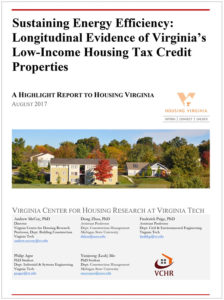
This report shares findings from a multi-year study that measured the energy performance of Virginia’s EarthCraft Multifamily (ECMF) housing stock. The research addresses key issues related to energy efficiency and affordable housing through the measurement of actual, unit-level energy use in 237 apartments across 15 ECMF developments. Data are used to evaluate the effects of year to year operation, climate and behavior on energy use.
As a second component of the study, development cost data were analyzed for 24 ECMF developments containing 1,351 apartments to compare the cost for building green versus non-green. Findings suggest VHDA’s incentives for ECMF certification in the LIHTC program have been successful in promoting affordable housing development that saves residents on average 45% on their annual energy costs at little cost difference compared to non-green housing.
Ducted Mini Split Heat Pumps
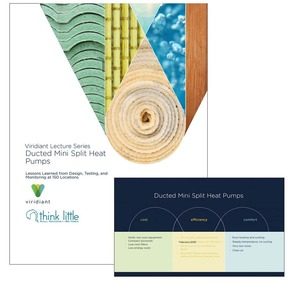
This bulletin covers Think Little’s lessons learned from the design, testing, and monitoring of ducted mini split heat pumps at 150 locations. Find out why the ducted mini split often ends up as the goldilocks system for cost, efficiency, and comfort.
To download this free bulletin, click below.
Zero Energy Housing
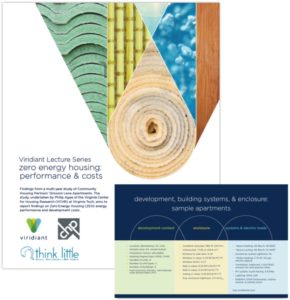
This bulletin covers findings from a multi-year study of Community Housing Partners’ Grissom Lane Apartments. The study, undertaken by Philip Agee of the Virginia Center for Housing Research (VCHR) at Virginia Tech, aims to report findings on Zero Energy Housing (ZEH) energy performance and development costs. Stay tuned for the upcoming release of the full study.
To download this free bulletin, click below.
EarthCraft House Visit Case Study
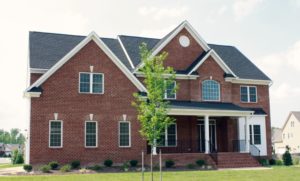
We put together a brief overview of the EarthCraft home that was toured back in June 2017 – 11500 Grey Oaks Estates Run by Bain-Waring. This bulletin/case study includes details on the home as well as overviews of the stations that were held during the event to highlight some of the green and energy efficient features – mechanical ventilation, energy monitoring and diagnostic testing.
To download this free case study, click below.
Leveraging Partner Success Toward Economic, Environmental and Structural Sustainability
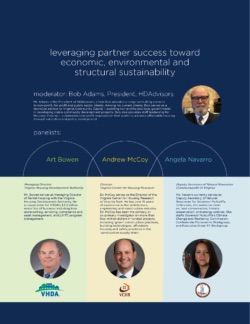
In coordination with Viridiant’s Annual Sustainable Leadership Awards, Viridiant hosted a panel discussion titled highlighting the work of the panel members and exploring the relation to and impact of green building.
Year one findings published in “The Impact of Energy Efficient Design and Construction on LIHTC in Virginia ” reported significant energy and utility savings as well as affordability, comfort and quality of life benefits for residents living in EarthCraft Multifamily certified developments. On average, energy usage was 16.6% less than modeled and 30% less than standard new construction, which, based on 2014 energy rates, equals savings of $54 per month.
To sign up and download our free bulletin, please click the link below.
Three Years Of Data: Latest Findings On Virginia’s Energy Efficient Housing Stock
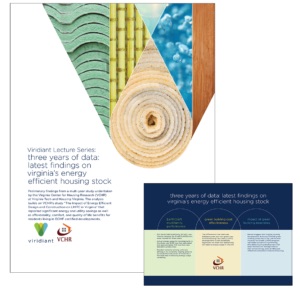
Preliminary findings from a multi-year study undertaken by the Virginia Center for Housing Research (VCHR) at Virginia Tech and Housing Virginia. The analysis builds on VCHR’s study “The Impact of Energy Efficient Design and Construction on LIHTC in Virginia” that reported significant energy and utility savings as well as affordability, comfort, and quality of life benefits for residents living in ECMF certified developments.
To sign up and download our free bulletin, please click the link below.
Managing Existing Residential Energy Use
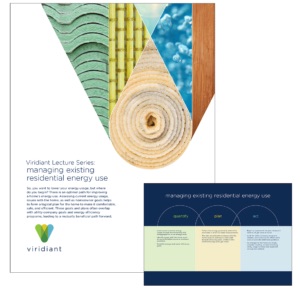
So, you want to lower your energy usage. But where do you begin? There is an optimal path for improving a home’s energy use. Assessing current energy usage, issues with the home, as well as homeowner goals helps to form a logical plan for the home to make it comfortable, safe, and efficient. These goals and plans often overlap with utility company goals and energy efficiency programs, leading to a mutually beneficial path forward.
To sign up and download our free bulletin, please click the link below.
Innovative Construction Technologies For Healthy, High-Performance Homes
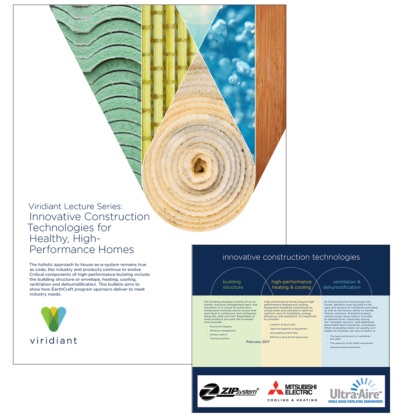
The holistic approach to house-as-a-system remains true as code, the industry and products continue to evolve. Critical components of high-performance building include: the building structure or envelope, HVAC, and ventilation and dehumidification. This bulletin aims to show how EarthCraft program sponsors deliver to meet industry needs.
To sign up and download our free bulletin, please click the link below.
Highland Park Senior Apartments: Balancing Energy Efficiency, Historic Preservation, And Affordable Housing
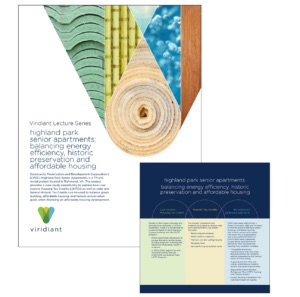
Community Preservation and Development Corporation’s (CPDC) Highland Park Senior Apartments is a 77-unit rental project located in Richmond, VA. The project provides a case study opportunity to explore how Low Income Housing Tax Credits (LIHTCs) as well as state and federal Historic Tax Credits can be used to balance green building, affordable housing, and historic preservation goals when financing an affordable housing development.
To sign up and download our free bulletin, please click the link below.
Benchmarking: Measuring Building Performance
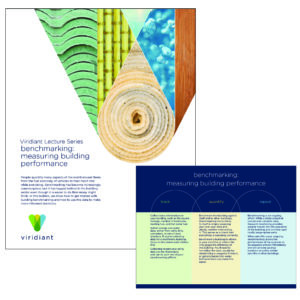
People quantify many aspects of the world around them – from the fuel economy of vehicles to their heart rate while exercising. Benchmarking has become increasingly commonplace, but it has lagged behind in the building sector even though it is easier to do than many might think. In this bulletin, we show how to get started with building benchmarking and how to use the data to make more informed decisions.
To sign up and download our free bulletin, please click the link below.
Planning For Resilient And Sustainable Building
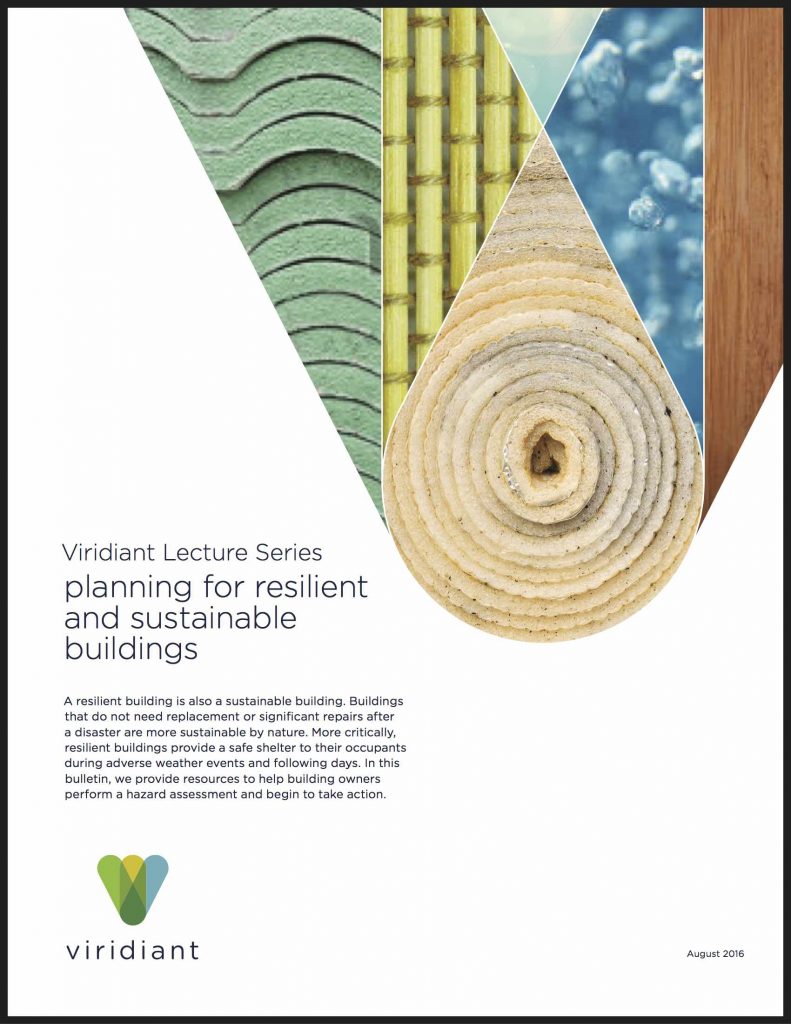
A Resilient Building Is Also A Sustainable Building.
Buildings that do not need replacement or significant repairs after a disaster are more sustainable by nature. More critically, resilient buildings provide a safe shelter to their occupants during adverse weather events and following days. In this bulletin, we provide resources to help building owners perform a hazard assessment and begin to take action.
To sign up and download our free bulletin, please click the link below.
Energy Efficient Retrofits
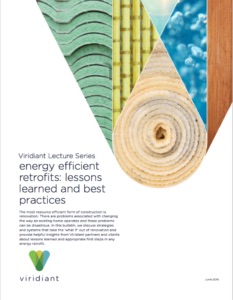
The Most Resource Efficient Form Of Construction Is Renovation
In the U.S., buildings account for 41% of the energy we consume (source: IEA). Whether through homeowner education, basic energy improvements or deep energy retrofit, there are many strategies to improve the performance of an existing home. In this bulletin, we discuss materials and systems that take the ‘what if’ out of renovation.
To sign up and download our free bulletin, please click the link below.
Water In Buildings
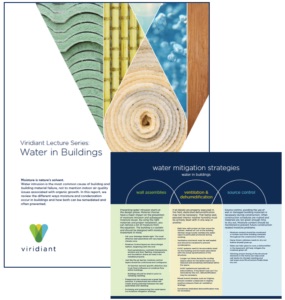
Take A Look At Moisture, Nature’s Solvent.
Water intrusion is the most common cause of building and building material failure, not to mention indoor air quality issues associated with organic growth. In this report, we review the different ways moisture and condensation occur in buildings and how both can be remediated and often prevented.
To sign up and download our free bulletin, please click the link below.
The Impact Of Energy Efficient Design And Construction On LIHTC Housing In Virginia
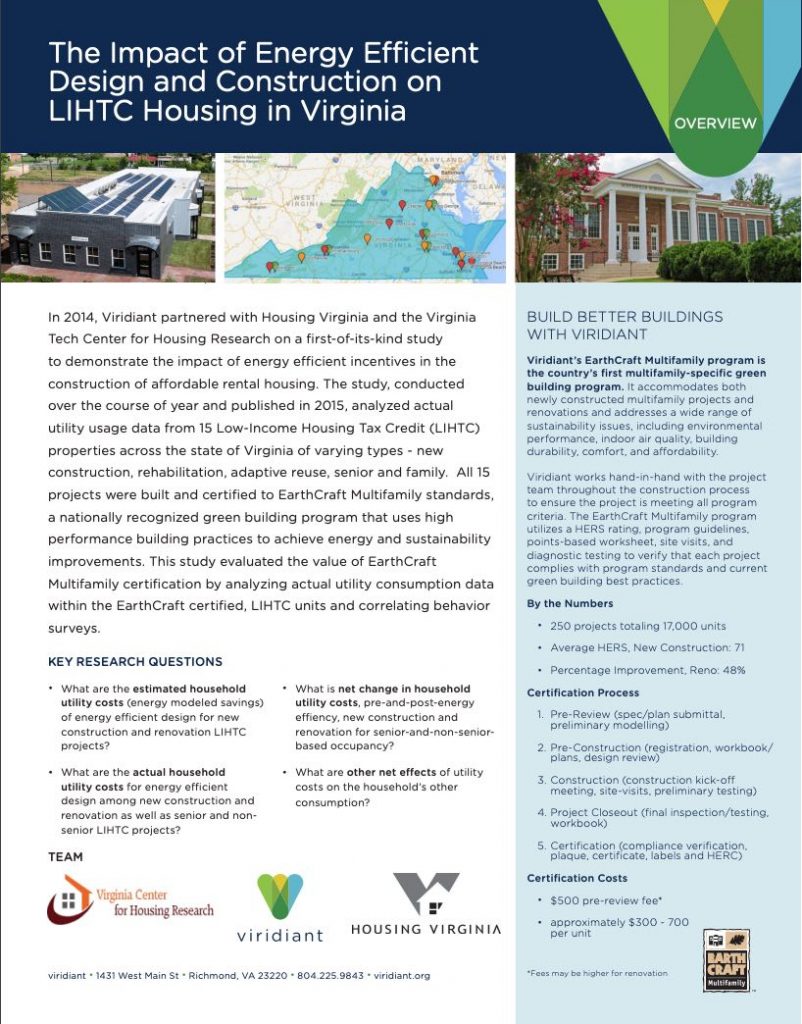
A Housing Study Finds EarthCraft Certification Has A Significant Impact On Energy Efficiency In Virginia LIHTC Housing
Viridiant partnered with Housing Virginia and the Virginia Center for Housing Research on a first-of-its-kind study that demonstrates the impact of energy efficient incentives in the construction of affordable rental housing. The study, conducted over the course of year, analyzed actual utility usage data from 15 Low-Income Housing Tax Credit (LIHTC) properties across the state of Virginia to compare to savings projections developed through the EarthCraft program as administered by EarthCraft Virginia.
The study included a variety of communities – new construction, rehabilitated, adaptive reuse, senior and family – and analyzed actual utility consumption data and correlating behavior surveys.
Results
The study found that apartments certified to EarthCraft Multifamily’s high energy efficiency standards, with third-party testing and inspection, outperform new standard construction housing by more than 30% with respect to energy consumption.
On average, residents participating in the study saved 464 kWh a month, which translates to $54 based on current energy prices. This means that over the course of a year, residents save an average of $648 on their electricity bill. Between 2007 and today, Viridiant certified almost 17,000 LIHTC units in Virginia. If each of these households saves the average amount on energy bills, the total savings per year amount to almost $11 million.
What Does This Study Mean For The Building Industry?
The results of this study are exciting for many – the tenants who save money every month, the builders and developers who now have assurance that energy efficiency programs with third party oversight results in significant savings, and the environmental advocates pushing clean power and efficiency for the future. For Viridiant, the results are clear – $11 million and 94 GWh in potential savings over all EarthCraft Multifamily units in Virginia in one year – demonstrating the value of green building implementation through public-private partnerships to achieve utility savings for residents, maximize financial investments, and support sustainable communities and proves that.
Next Steps
Tenant interviews point to resident education as an opportunity to further reduce utility bills. A next stage of research in this area is to explore and identify the most effective ways to communicate best practices, energy saving habits and maintenance/care options.
Questions? Contact us at admin@viridiant.org or (804) 225-9843.
The Impact Of Green Affordable Housing
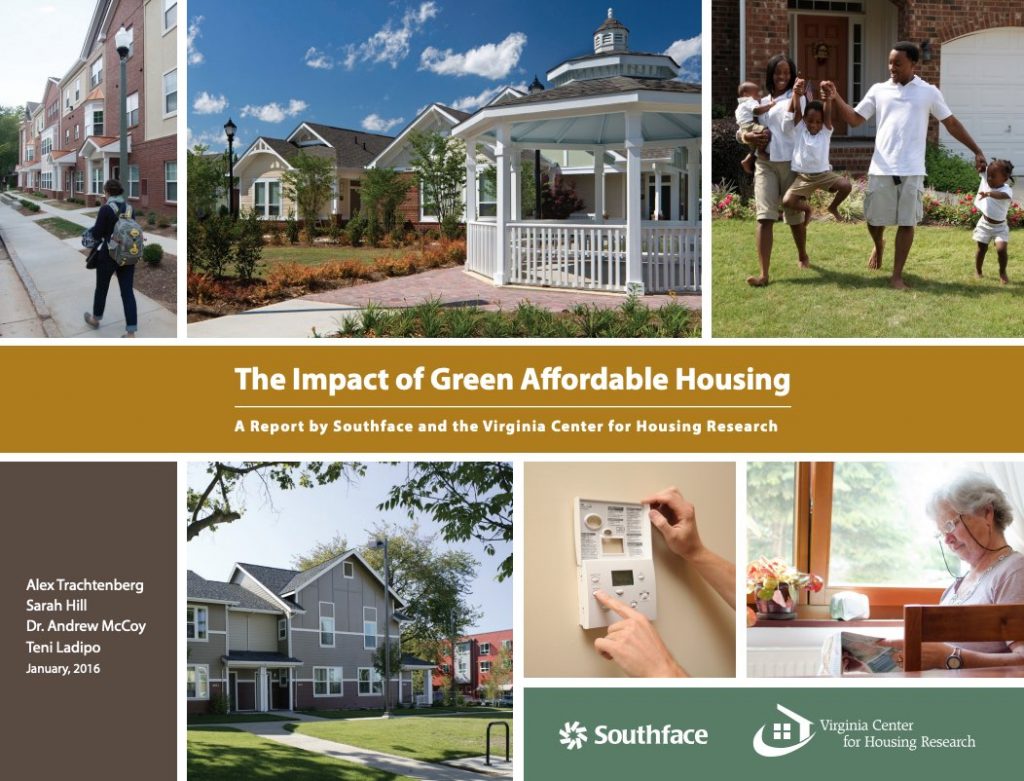
Our partners, Southface Energy Institute and the Virginia Center for Housing Research (VCHR) at Virginia Tech, published The Impact of Green Affordable Housing in January 2016. The results suggest green developments are nearly 5% less expensive on total construction costs per square foot and more than 13% less expensive on soft construction costs than the non-green developments. More specifically, analysis indicates that green certified developments in GA, NC and SC cost less to design and build than non-green alternatives in AL and SC.
A similar study on the Virginia LIHTC market is being led by the Virginia Center for Housing Research (VCHR) at Virginia Tech with findings anticipated in 2017.
